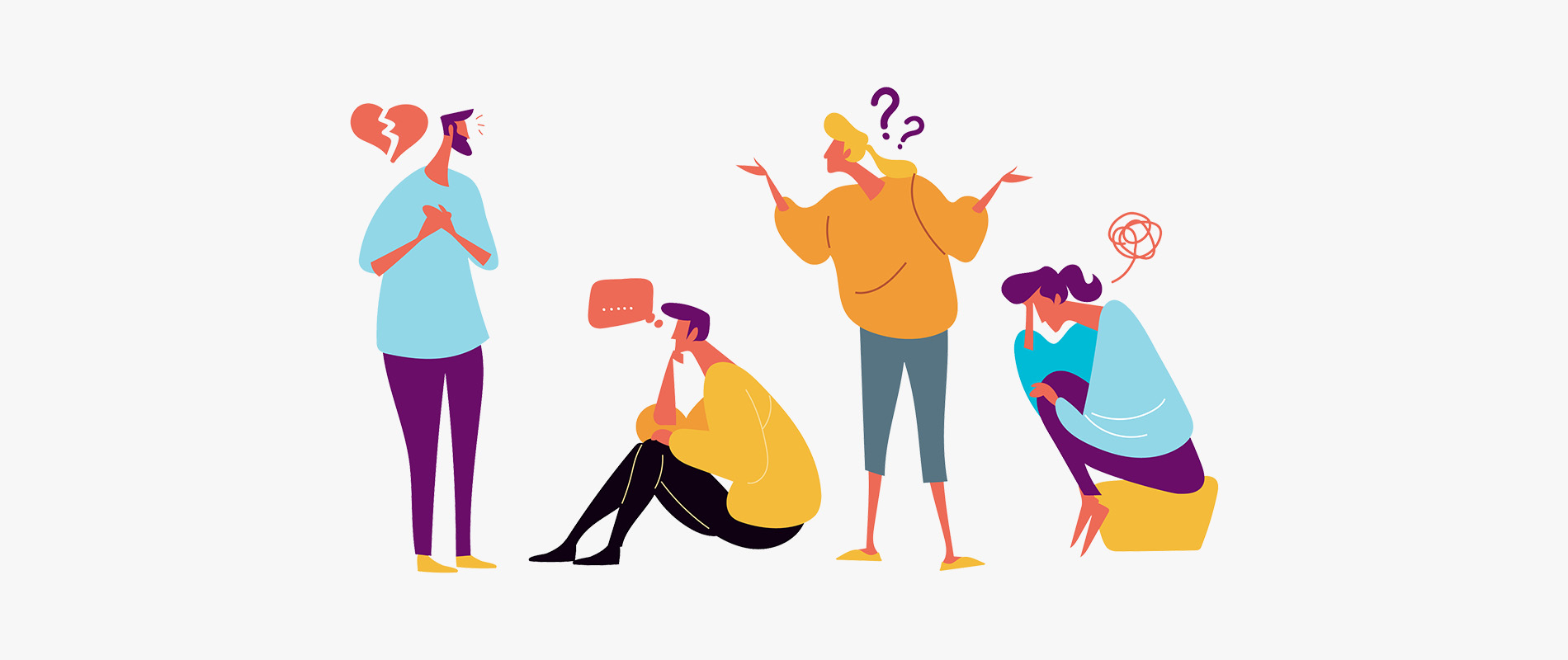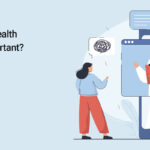“You’re not smart enough to do this”, “You’re old enough to get married now“, “You need to lose weight”. Do these statements make you feel upset, angry, frustrated, doubt yourself? Mean comments, rejection, blame, judgment or criticism – such situations or topics provoke an intense and often unpleasant emotional reaction within us. These are nothing but our emotional triggers. The way no two fingerprints can be exactly alike, similarly emotional triggers also vary from person to person, because they are rooted in our own unique struggles, life experiences and beliefs. This is why, even though many of us experience the same situation, the way we react to it differs.
So how do you know if you are emotionally triggered? Take a moment to notice any unpleasant emotion you may be having now, or think about the last time you felt so. Now, try to answer the following three questions:
- What were your bodily sensations? Did your heart rate increase, muscles became tensed, face felt hot, breathing became faster, or you had any other reaction?
- What were your thoughts and emotions? Was it guilt, shame, anger, sadness, or some other emotion?
- How did you react to that situation? Typically, we tend to lash out or withdraw. This is because our emotional triggers are our sensitive spots or those old wounds that are yet to heal.
With continued practice and attention, you will start recognizing the feeling of being triggered sooner; perhaps immediately after it occurs and next time you might have a thought, “Oops, here I go again”.
Reactions provoked by such triggers can disrupt your relationships with others, lead you to behave in ways unlike yourself, harbour unpleasant emotions and affect your self-esteem. For this reason, it is vital to identify your triggers and cope with them in a healthy way.
Five ways to cope with triggers in a healthy way –
- The easiest way out is to just politely excuse yourself from the situation. For example, by saying that you need to use the restroom, and then returning when you feel calmer. However, this is a temporary fix and may not be always possible.
- Make a deliberate effort to shift your emotional state – first, take a deep breath and release the tension in your body; then choose one keyword (for e.g. calm) that represents how you want to feel in this moment; focus your thought on the word and allow yourself to feel the shift.
- Accept responsibility for your reactions, instead of feeling as a victim of the situation. By doing so, you give yourself the power to be in control of yourself and change the way you react.
- “Re-program” your thoughts – Start with a trigger that is the least emotionally loaded and work on replacing unhelpful or unrealistic thoughts with more rational ones. For example, if your trigger is a feeling of not being good enough, then stand in front of a mirror, and compassionately tell yourself, “This is not true. I am a worthy and capable person”. Say it even if you don’t believe it fully yet – Fake it till you make it! – and that actually works! As the thought sinks in, it’ll become more real.
- Make time for yourself to unwind, engage in self-care and ensure you get adequate sleep and rest. Managing your stress levels is always helpful in managing your emotions better.
It is also useful to seek guidance from a psychologist in identifying the triggers, processing the emotions involved, and developing healthy coping habits. Coping with your triggers can help you avoid any downward spirals in your self-esteem and mental well-being.









